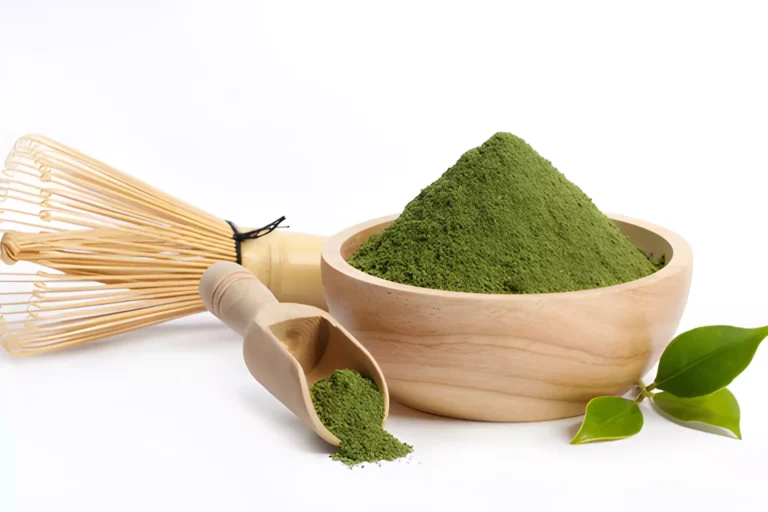Turmeric Oil for Face: The Ultimate Guide to Its Benefits and Uses
Turmeric oil is a highly concentrated form of the turmeric spice, which has been used for centuries in traditional medicine for its anti-inflammatory and antioxidant properties. In recent years, turmeric oil has become increasingly popular in the skincare world, as it has been shown to be effective in treating a variety of skin conditions, including acne, eczema, psoriasis, and rosacea.
In this article, we will cover the benefits and uses of turmeric oil for face. We will also discuss how turmeric oil works to improve skin health, as well as the best ways to use it for different skin types and concerns. So let’s get started.
What is turmeric oil?
Turmeric oil is an essential oil that is derived from the roots of the turmeric plant (Curcuma longa). It is made by steam distilling the underground stems of the turmeric plant, separating the essential oils from the plant material. The resulting oil is a deep yellow color with a warm, spicy aroma. The oil is a more concentrated form of turmeric than turmeric powder. This means that it contains more active compounds, such as curcumin, which is responsible for many of its health benefits.
The oil is also more volatile than turmeric powder. This means that it evaporates more quickly. This is why turmeric oil for face is often used in skin brightening, aromatherapy and other applications where the essential oil can be diffused into the air.
Benefits of turmeric oil for face
Turmeric oil is packed with beneficial compounds, including curcumin, which is known for its anti-inflammatory and antioxidant properties. These properties make turmeric oil for face an ideal ingredient in skincare products, as it can help to:
- Reducing inflammation: Turmeric oil can reduce inflammation and redness on the skin by inhibiting the production of pro-inflammatory cytokines and enzymes. Turmeric oil can also soothe irritated skin conditions such as acne, eczema, psoriasis, and rosacea.
- Fading dark spots and blemishes: Turmeric oil can help to fade dark spots and blemishes caused by acne, sun damage, and aging. This is because it contains curcumin, which has been shown to inhibit melanin production.
- Improving skin texture and tone: Turmeric oil can help to improve skin texture and tone by exfoliating dead skin cells and promoting collagen production. This can lead to a smoother, more radiant complexion.
- Protecting against free radical damage: Turmeric oil contains antioxidants that can help to protect the skin from free radical damage. Free radicals are unstable molecules that can damage cells and contribute to premature aging.
- Reducing the appearance of wrinkles and fine lines: Turmeric oil can reduce the appearance of wrinkles and fine lines on the skin by increasing the hydration and moisture levels of the skin. This plumps up the skin and fills in the gaps between the cells by increasing the glycosaminoglycan content of the skin.
How to use turmeric oil on the face
To use turmeric oil for face, you need to dilute it with a carrier oil such as jojoba oil, almond oil, or coconut oil. This will help to prevent skin irritation. The recommended dilution ratio is 1-2 drops of turmeric oil per teaspoon of carrier oil. You can also add other essential oils, such as lavender oil, rosemary oil, or tea tree oil, to enhance the benefits and aroma of your turmeric oil blend.
To apply turmeric oil on the face, you need to follow these steps:
- Cleanse your face with a gentle cleanser and pat it dry with a soft towel.
- Apply a few drops of your turmeric oil blend to your palm and rub your hands together to warm up the oil.
- Gently massage the oil onto your face using circular motions. Avoid getting the oil into your eyes, nose, or mouth.
- Leave the oil on your face for 10-15 minutes or overnight for better absorption.
- Rinse off the oil with lukewarm water or wipe it off with a cotton pad soaked in toner.
- Apply a moisturizer or serum to seal in the moisture and nutrients.
Apart from these, here are a few more ways to use turmeric oil for face.
- Turmeric oil face mask: Mix 1-2 drops of turmeric oil with 1 tablespoon of honey or yogurt. Apply the mask to your face and leave it on for 10-15 minutes before rinsing it off with warm water.
- Turmeric oil cleanser: Add 1-2 drops of turmeric oil to your regular cleanser. Massage the cleanser into your skin for 30 seconds, then rinse it off with warm water.
- Turmeric oil moisturizer: Add 1-2 drops of turmeric oil to your regular moisturizer. Apply the moisturizer to your face and neck.
Are there any risks of using turmeric oil on the skin?
Turmeric oil is generally safe for most people to use on the skin. However, it is important to do a patch test on a small area of your skin before using it regularly, as it can irritate some people. It is also essential to avoid using turmeric oil if you have any open wounds or cuts on your face.
Here are some risks associated with turmeric oil that you should be aware of:
- Allergic reactions: Some people may be allergic to turmeric or its components. If you experience any signs of an allergic reaction, such as itching, swelling, rash, hives, or difficulty breathing after using turmeric oil on your skin, stop using it immediately and seek medical attention.
- Skin irritation: Some people may have sensitive skin that may react negatively to turmeric oil. If you experience any signs of skin irritation, such as burning, stinging, dryness, or peeling, after using turmeric oil on your skin, stop using it immediately and apply a soothing cream or lotion.
- Skin discoloration: Some people may notice a yellowish tint on their skin after using turmeric oil on their face. This is due to the pigment curcumin in turmeric that can stain the skin temporarily. To avoid this, you can use a small amount of turmeric oil diluted with a carrier oil and test it on a patch of skin before applying it on your face. You can also wash off the oil thoroughly after using it or use a facial scrub or mask to remove any residue.
- Sun sensitivity: Some people may become more sensitive to the sun after using turmeric oil on their skin. This is because turmeric oil can make the skin more prone to sunburn and damage. To avoid this, you should limit your sun exposure and use sunscreen with SPF 30 or higher when going outdoors.
Conclusion
Turmeric oil is a natural and effective way to improve your skin health and appearance. It can reduce inflammation, fade dark spots and blemishes, improve skin texture and tone, protect against free radical damage, and reduce the appearance of wrinkles and fine lines. To use turmeric oil for face, you need to dilute it with a carrier oil and apply it gently on your skin. You should also be aware of the possible risks of using turmeric oil on your skin as mentioned above. If you follow these tips and precautions, you can enjoy the benefits of turmeric oil for your face without any problems.




